So much of what we do is marketers is hyper-focused on our specific, niche audiences. This ranges from copywriting strategies to interesting targeting to choosing what times we post on social media. It’s complex, but it’s tailored to our audience, so it works.
While audiences all want vastly different things in products and services, the good news is that buyer behavior overall is relatively consistent. We’re all driven by similar psychological principles that affect when we buy, why we buy, and who we buy from.
Understanding these psychology principles can help us make our marketing campaigns significantly more effective. In this post, we’re going to take a look at 7+ statistics and case studies of the psychology of buyer behavior and discuss how to implement them in your marketing campaigns.
1. Customers Buy More When It’s Easy to Buy
This might sound like straightforward advice, but 86% of customers are more likely to purchase when companies make it easy for them to do so. Streamlined processes and simple checkouts are important.
Despite this, too many businesses have complicated sites, complicated pricing plans, weird abstract return policies that are confusing, and too-long checkout processes.
How to Use This In Your Marketing
You should simplify a customer’s decision making process as much as possible.
This might include:
- Having product or service comparison information that helps people assess which is right for them.
- Featuring all relevant information on a product page in organized tabs, including warranty information, reviews, and care or usage instructions.
- Including product recommendations based on a customer’s current viewing page. If they’re looking at an iPhone, recommend other similar phones, or cases for those phones.
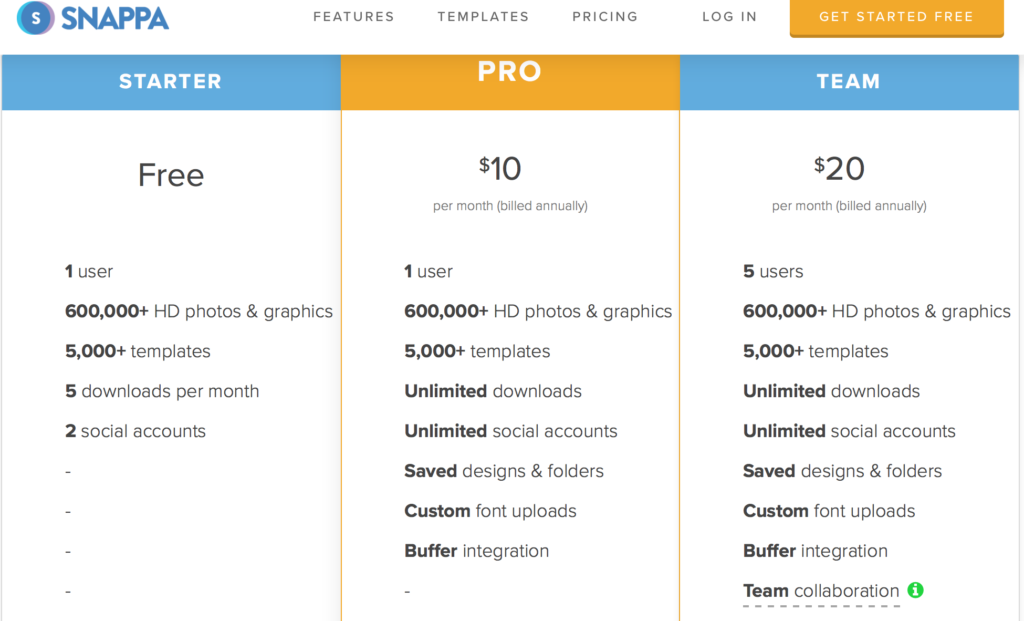
2. Customers Actions May Be Influenced By Labels
Customers want to feel valued by a brand, and their relationship with your brand can be heavily determined by how you “label” them, so to speak.
One study found that when different groups of potential voters were polled, one group was told they were “politically active.” These individuals were 15% more likely than their counterparts to vote, even though there was no other difference aside from the label.
How to Use This In Your Marketing
Create loyalty programs. Use exclusive language in your messages to them, like “for our most long-term customers” or “our top priority clients” or “gold club members.”
Follow-ups and personalized thank yous are also good options, especially when you stress the importance of that customer to your business.
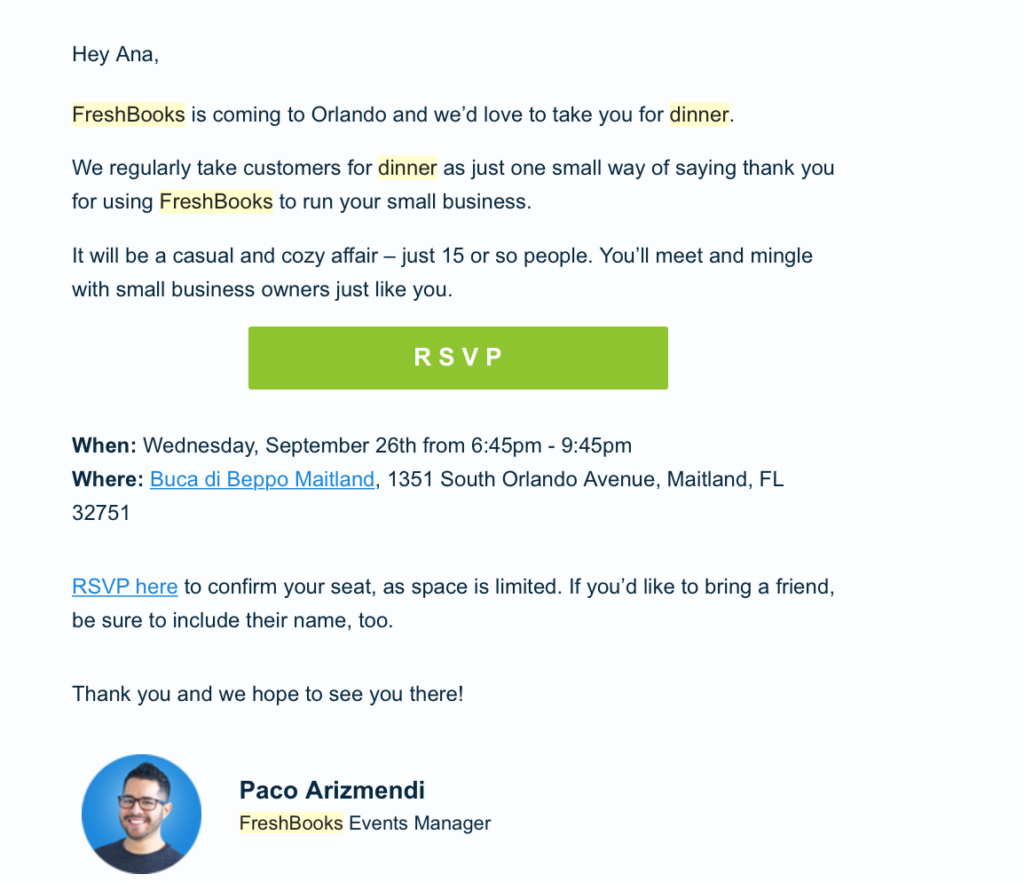
Everyone loves exclusivity, and if you tell them that they’re loyal, special, important customers, they’ll be inclined to believe you– and to purchase more moving forward.
3. Customers Convert When You Tell Them How
Again, this may seem self explanatory, but enough businesses are leaving it money the table with this one that we’re including it.
Customers are significantly more likely to take any action that you want them to when you tell them not only why they should, but explicitly how they can. Otherwise, it becomes out of sight, out of mind.
There was a study conducted several years ago that gave two different groups of people different pamphlets about a vaccine. One discussed facts about it, including dangerous side effects, while the second also included information about where to receive the vaccine. Patients in the second group were 25% more likely to actually follow through and receive the vaccine.
How to Use This In Your Marketing
Customers need to be told exactly how to take certain actions you want. Don’t just write an email saying “our event is coming soon.” You should also include a clickable CTA in message that says “Register Now” along with microcopy saying “It’s quick and easy. (This is supported by the fact that clickable CTA buttons can increase conversions by up to 45%.)
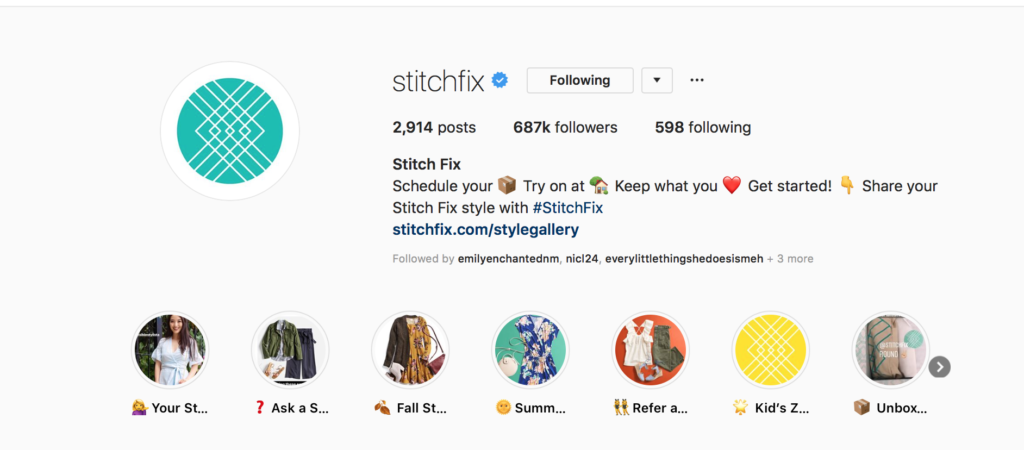
Apply this to all areas of your marketing, not just direct sales. When encouraging customers to create UGC, provide specific instructions about what you want them to share and how to do so. Again, this is supported by research: 50% of consumers have explicitly stated that they want brands to tell them what to create for UGC, and brands that do so see more success.
4. Customers Are More Afraid Of Loss Than Motivated By Gain
You know how everyone is talking about #FOMO and the fear of missing out? Apparently, it’s driven by a legitimate psychological principle called “loss aversion,” where people are afraid to lose what they have or what they could have.
A study by three psychologists in 1991 found something interesting, revealing that people are actually more afraid of losing something than they are motivated by gaining something of equivalent value. This fear is a powerful motivating factor.
How to Use This In Your Marketing
Leveraging urgency and exclusivity in your marketing is an excellent call. It’s why you see flash sales popping up with subject lines like “Get it before it’s gone, they’re going quick!” The thought of not having the opportunity to buy something can become stressful, even if the person never would have made the purchase to begin with. It becomes even more stressful when you think of losing savings on a product, which is why people end up buying products they wouldn’t otherwise just because they’re on sale. That perceived loss is just too high.
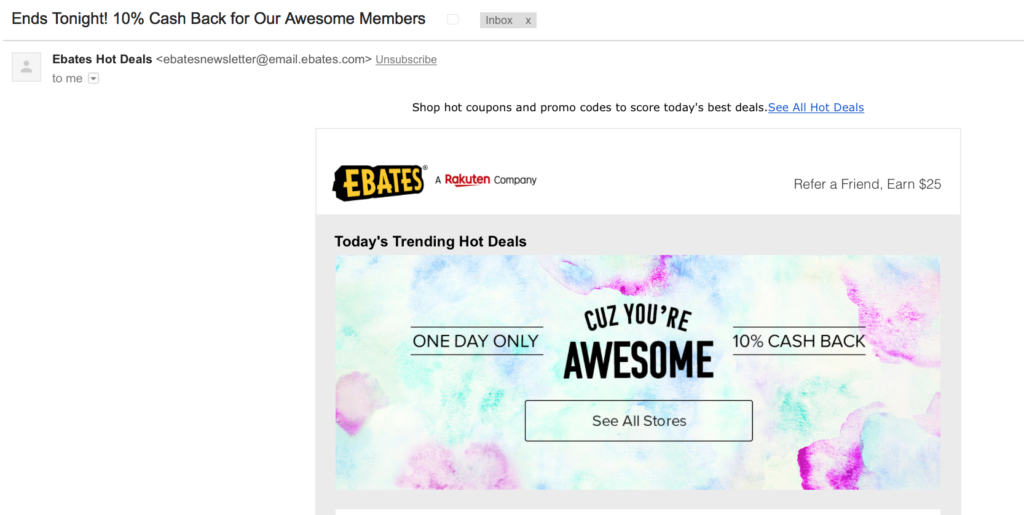
Do what you can to hype up your products, events, and even content. Make sure to mention why users need it in their lives, and if possible leverage scarcity or urgency in some way to make them need to buy now.
5. Customers Want Brands They Can Trust
Customers don’t want to work with brands that they can’t trust. Businesses, after all, don’t just take our money; they often take our credit card information, home addresses, and other identifying information. There’s a lot that they have on us, and we’re trusting them to keep it safe.
It’s no surprise, therefore, that 57% of customers said they would no longer do business with a brand who had used their data unethically. Not only is this a violation of privacy, but it also reflects on the brands morals. Ethical companies are in, immoral ones are out.
How to Use This In Your Marketing
Work to build trust and relationships with your customers in your marketing campaigns. Follow up in personalized emails when possible, and make sure that your customer service is on point.
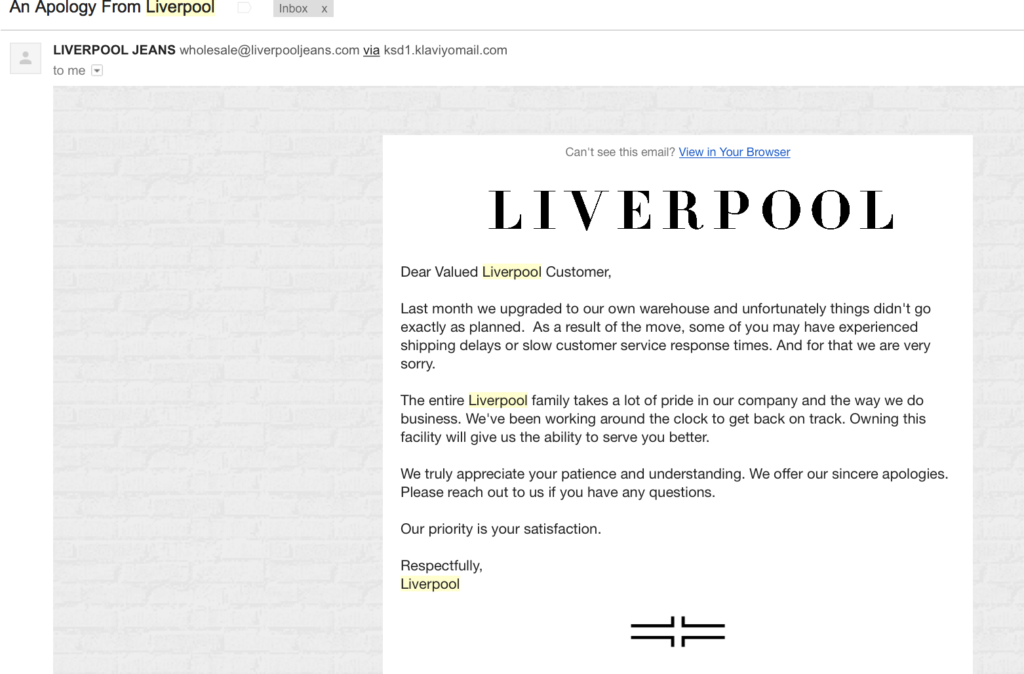
Transparency also counts for a lot. If your business makes a mistake, own up to it. This will build significant trust and improve your reputation, making customers more willing to not only purchase from you, but develop a long term relationship with you.
6. Customers Trust Each Other
We have plenty of evidence of this. 84% of Millennial customers say that UGC on sites (including reviews) affects what they buy, and product reviews are 12x more trusted than any content a brand produces.
Humans even trust each other when what others are saying is in direct contradiction to what their own eyes are telling them.
The famous 1951 study conducted by Solomon Asch found that social pressure would actually override what participants could see with their own eyes. He combined a group of students with a group of actors who were pretending to be other students, showed them cards with multiple lines of different sizes, and then asked them all which line matched the first.
The actors would all quickly say the wrong line together, and everyone else would hurriedly agree with them. It always took a “dissenter” in the actors to say the right line in order for others to do so, too.
How to Use This In Your Marketing
This section is simple. More UGC, and more social proof. Get more of it, as much as you can get, and put it in more places. Put specific instructions on your website and on social media telling users how and where to leave the reviews you need, and feature it online.
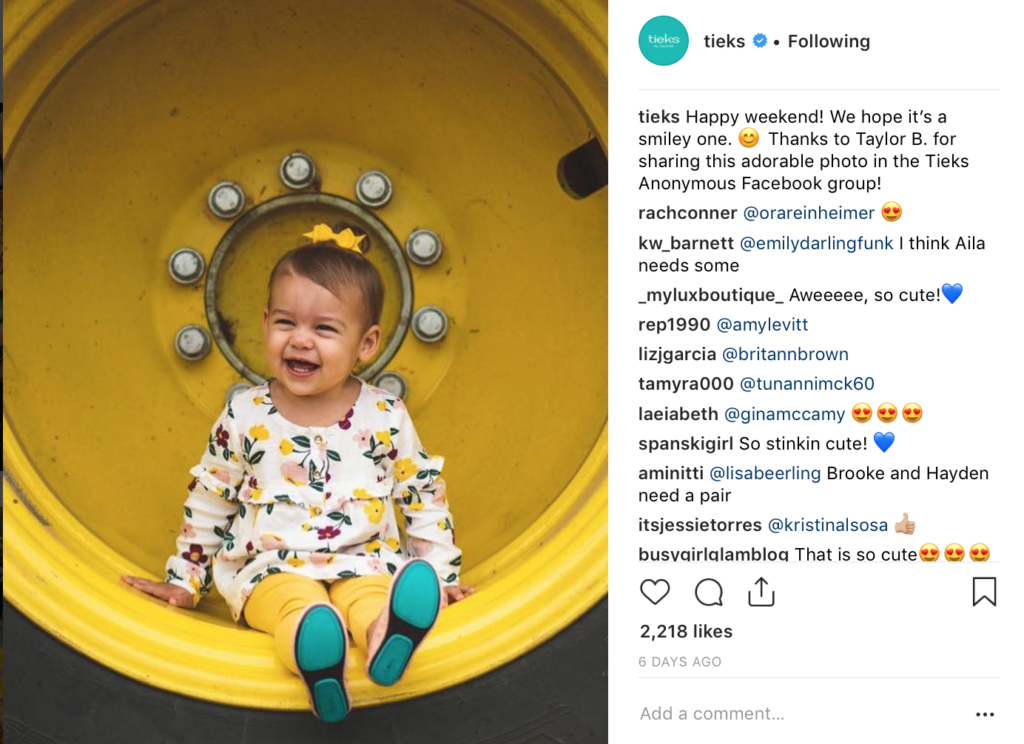
Get creative. Create videos that feature UGC reviews and/or images, and promote it on social media, your site, and even in PPC campaigns. You can do this easily with Shakr’s easy-to-customize video templates. See more about this here.
7. The More Time Invested, The More You’re Likely to Purchase
While the research here would benefit from more extensive studies, an initial study (conducted by Jeffrey, S., and Hodge in 2007 and cited here) found that the longer customers are in a store, the more likely they are to make a purchase if they’re able to find something they like.
This was the case even if the customer wasn’t planning on making a purchase.
I saw this time and time again when I was a salesperson at Kay Jewelers. We were right by the mall, so people would come in all the time to “just browse.” If you could give us fifteen minutes, there was a good chance they were leaving with something.
How to Use This In Your Marketing
Though the research was exclusively done for in-person stores, the concept is still the same online. The more time users invest into their experience with you, the more you can win them over and get them to purchase, even if that wasn’t the plan.
Consider this when creating site content. Offer valuable content for them to engage with to help build relationships, including on your blog, in your About Me, and on individual product pages. Offer product recommendations and UGC feeds with pictures users have shared of them wearing or using your product.
Conclusion
Every individual customer is just that– an individual. No statistic out there can tell you what every single person might do in every single situation. We are, however, pack animals, and many of us respond to some situations in similar ways. Take a look at these statistics and case studies, and look for new ways to implement their findings into your marketing content in order to build trust, get leads, and drive sales.
What do you think? Have any of your campaigns been consistent with these case studies and the psychology of buyer behavior? Which are you going to implement more in your marketing planning? Share your thoughts and questions in the comments below!

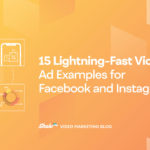
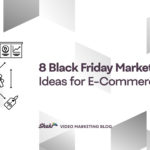
2 comments On 7 Stats That Demonstrate The Psychology of Buyer Behavior
Pingback: 7 Stats That Demonstrate The Psychology of Buyer Behavior – Just Internet Marketing ()
Pingback: 7 Stats That Demonstrate The Psychology of Buyer Behavior | Local Business Hero ()
Comments are closed.